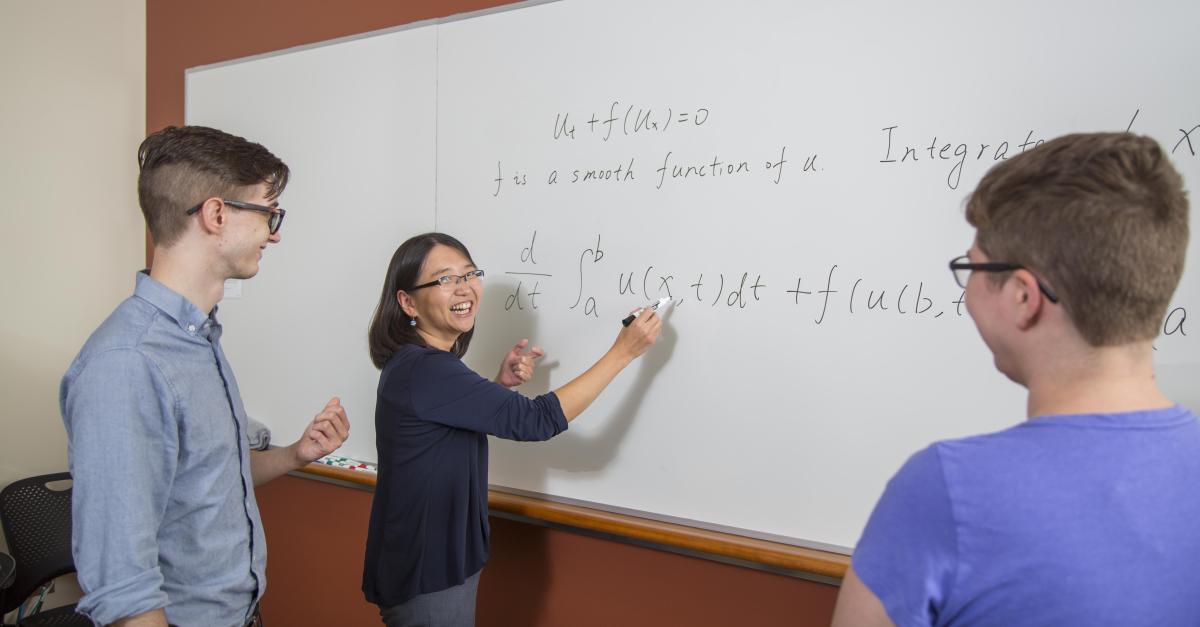Current students: Declare this program
Once you’re admitted as an undergraduate student and have met any further admission requirements your chosen program may have, you may declare a major or declare an optional minor.
Future students: Apply now
Apply to Metro State: Start the journey toward your Applied Statistics Minor now. Learn about the steps to enroll or, if you have questions about what Metro State can offer you, request information, visit campus or chat with an admissions counselor.
Get started on your Applied Statistics Minor
Program eligibility requirements
Students interested in pursuing the Applied Statistics Minor must submit the online Undergraduate Program Change or Declaration eForm. Transfer coursework equivalency is determined by the Mathematics and Statistics Department.

